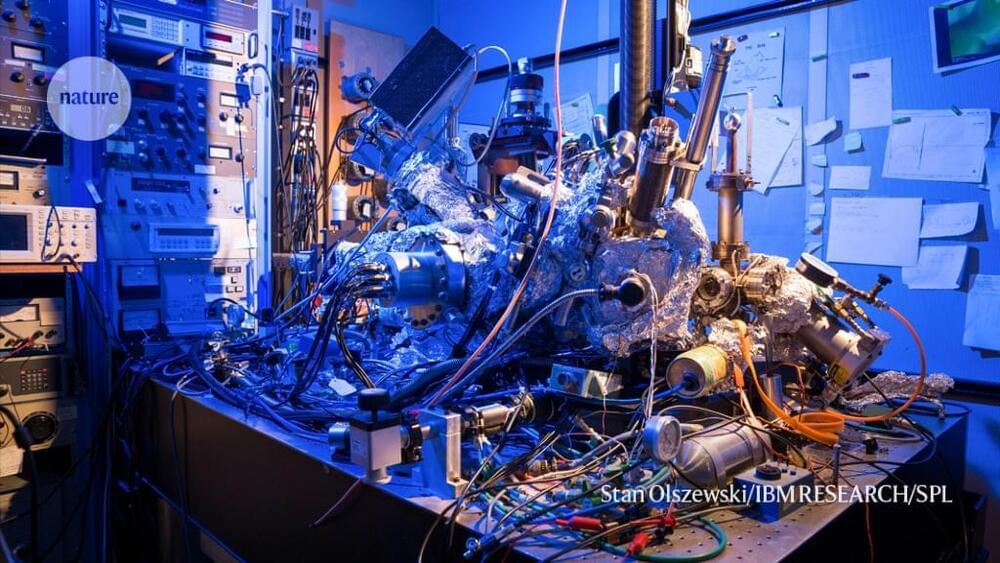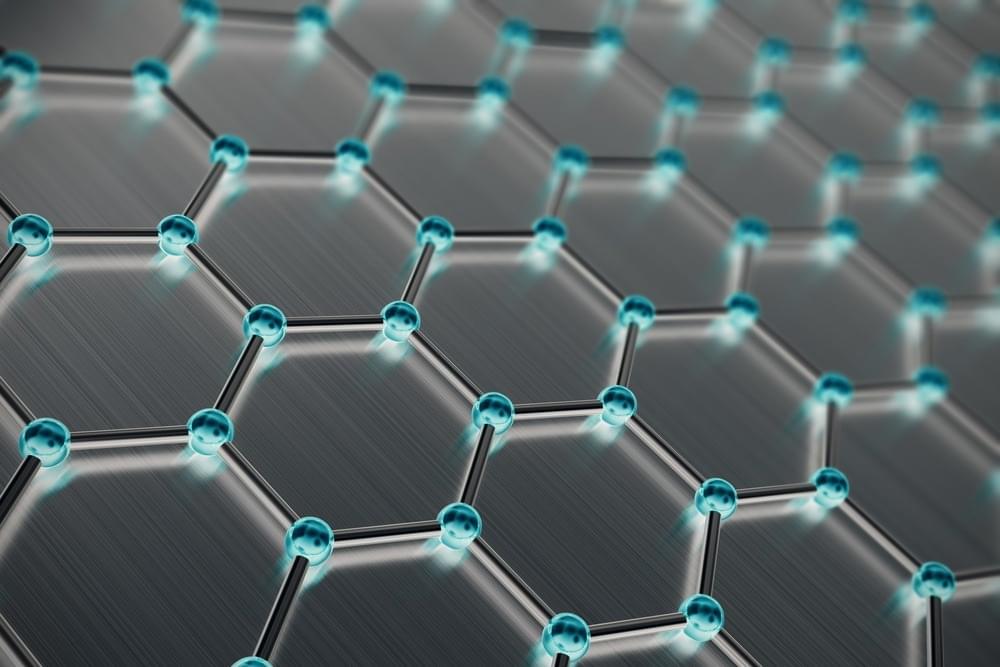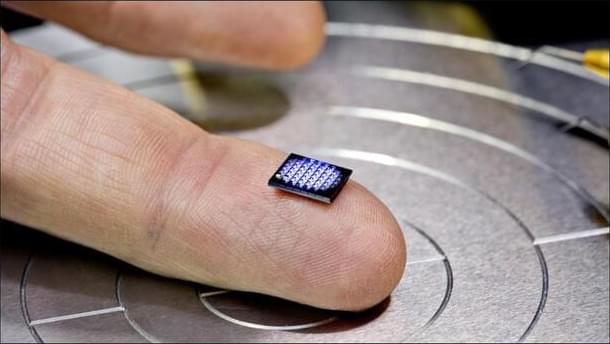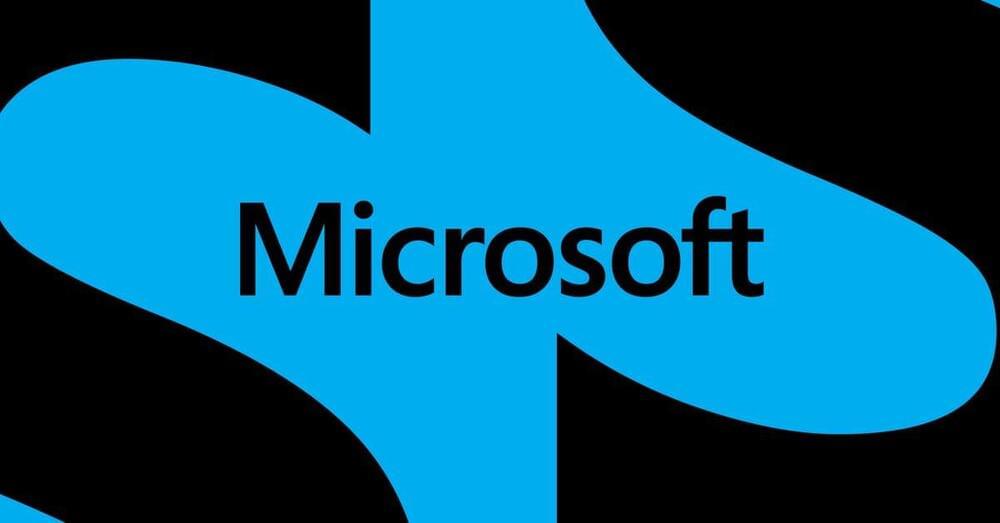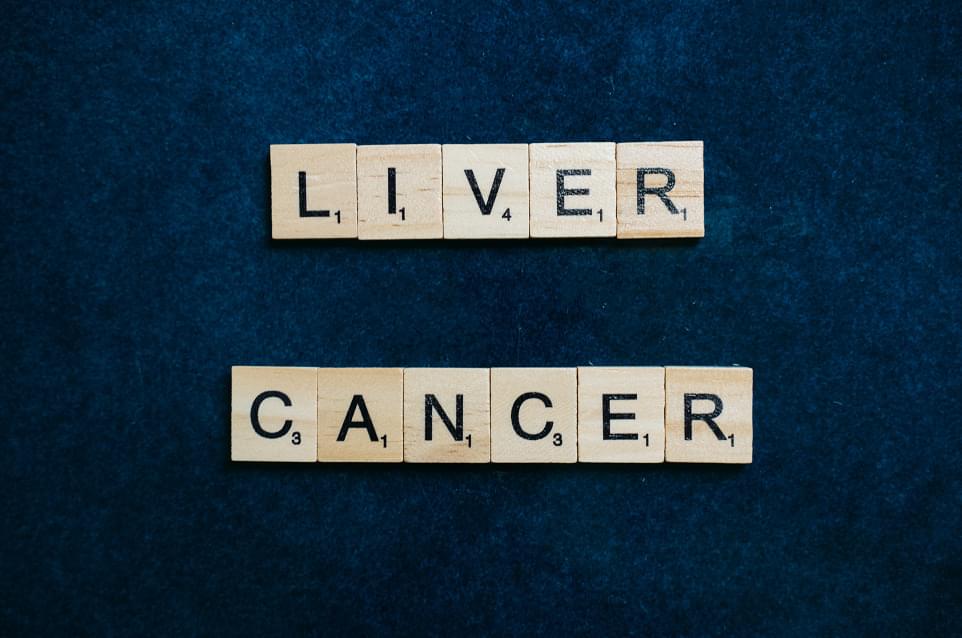Physicists have performed the first quantum calculations to be carried out using individual atoms sitting on a surface.
The technique, described on 5 October in Science1, controls titanium atoms by beaming microwave signals from the tip of a scanning tunnelling microscope (STM). It is unlikely to compete any time soon with the leading approaches to quantum computing, including those adopted by Google and IBM, as well as by many start-up companies. But the tactic could be used to study quantum properties in a variety of other chemical elements or even molecules, say the researchers who developed it.
At some level, everything in nature is quantum and can, in principle, perform quantum computations. The hard part is to isolate quantum states called qubits — the quantum equivalent of the memory bits in a classical computer — from environmental disturbances, and to control them finely enough for such calculations to be achieved.
